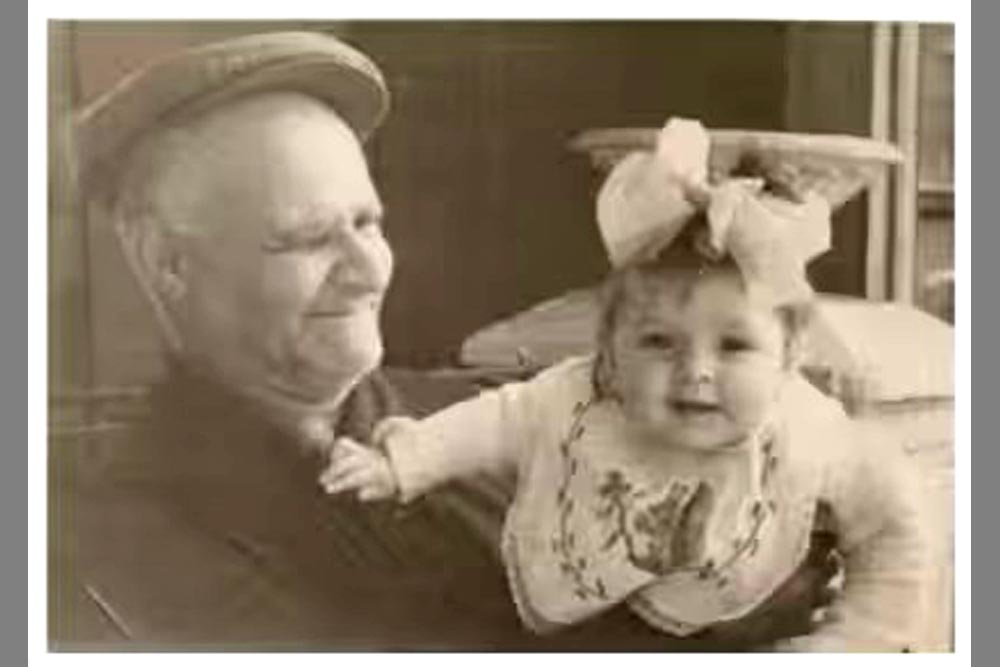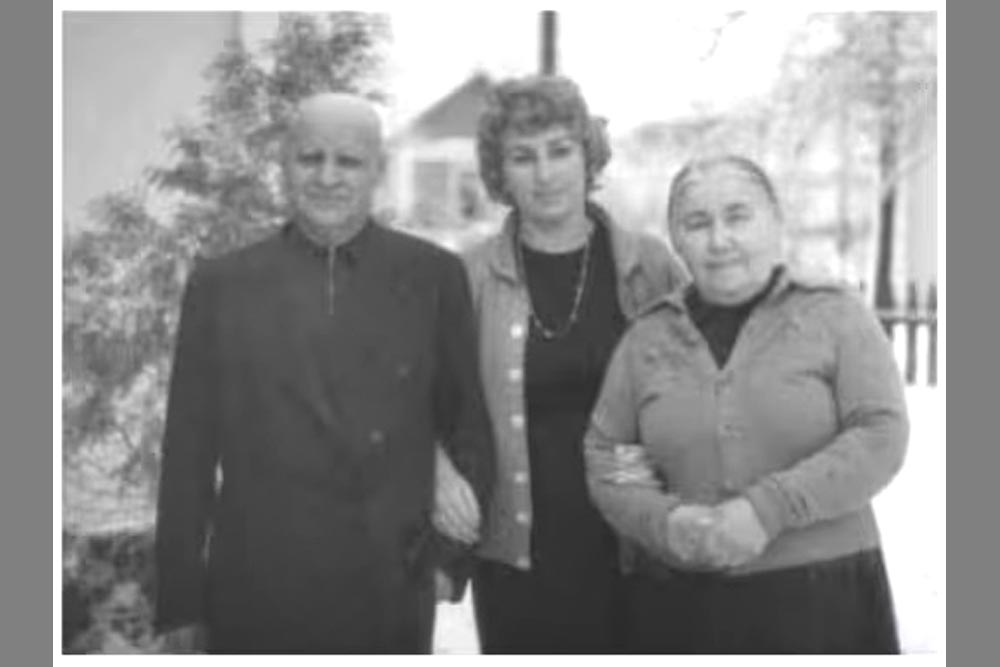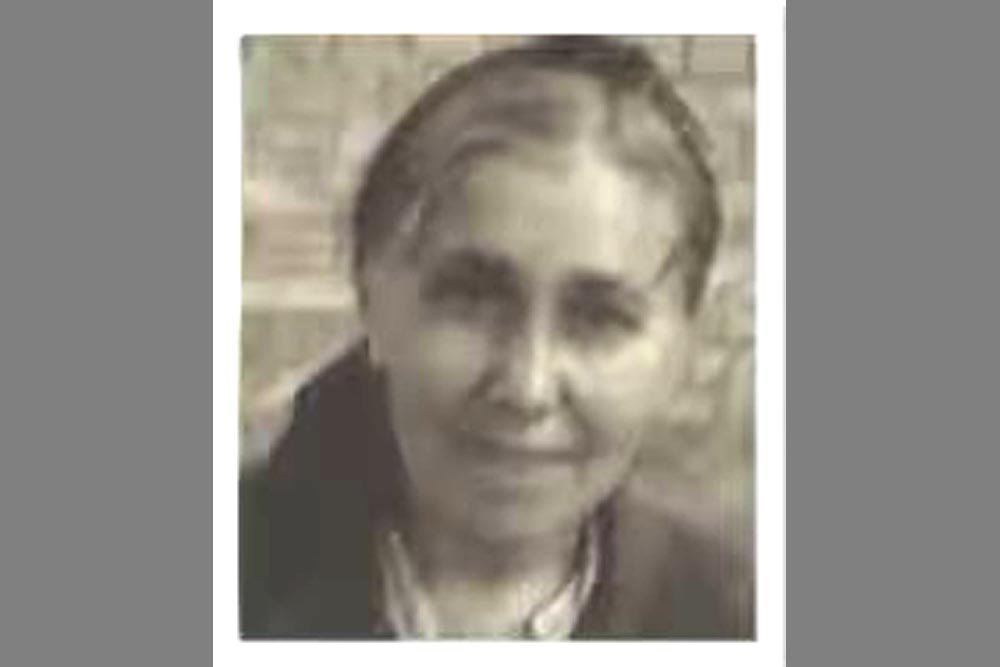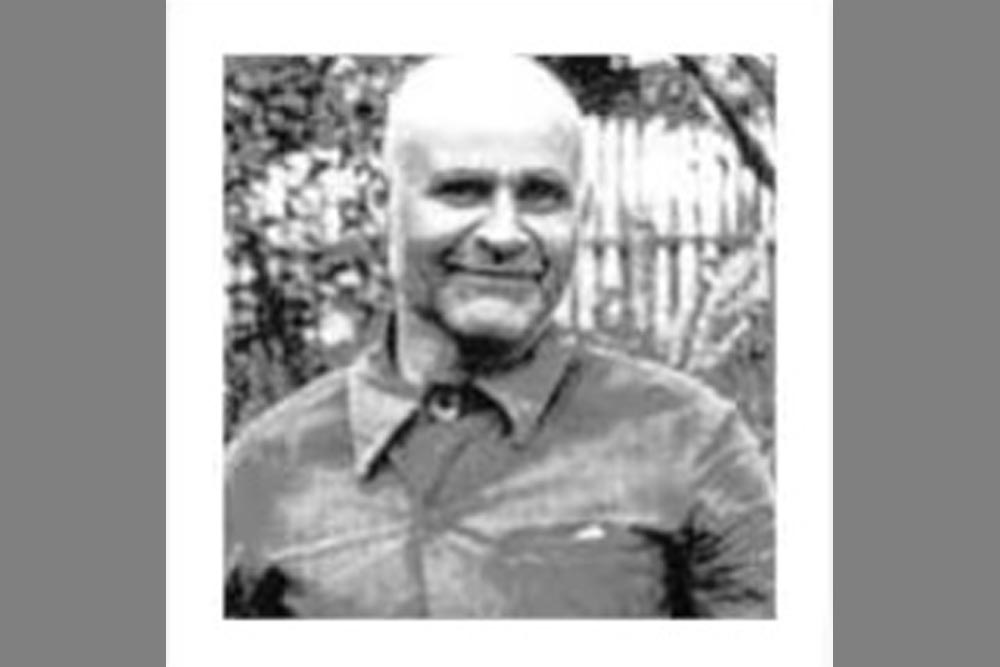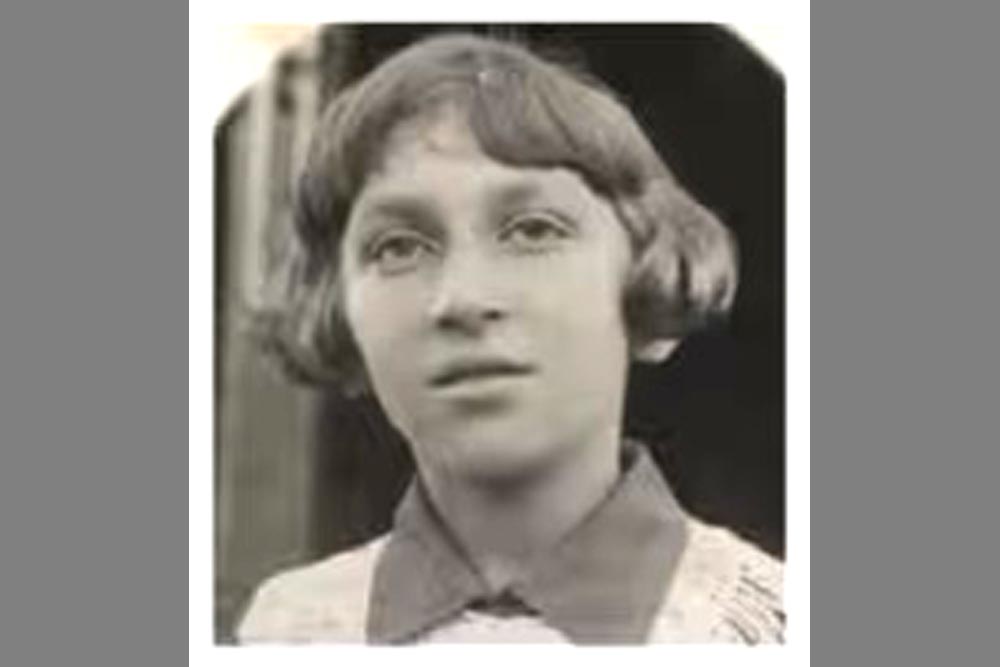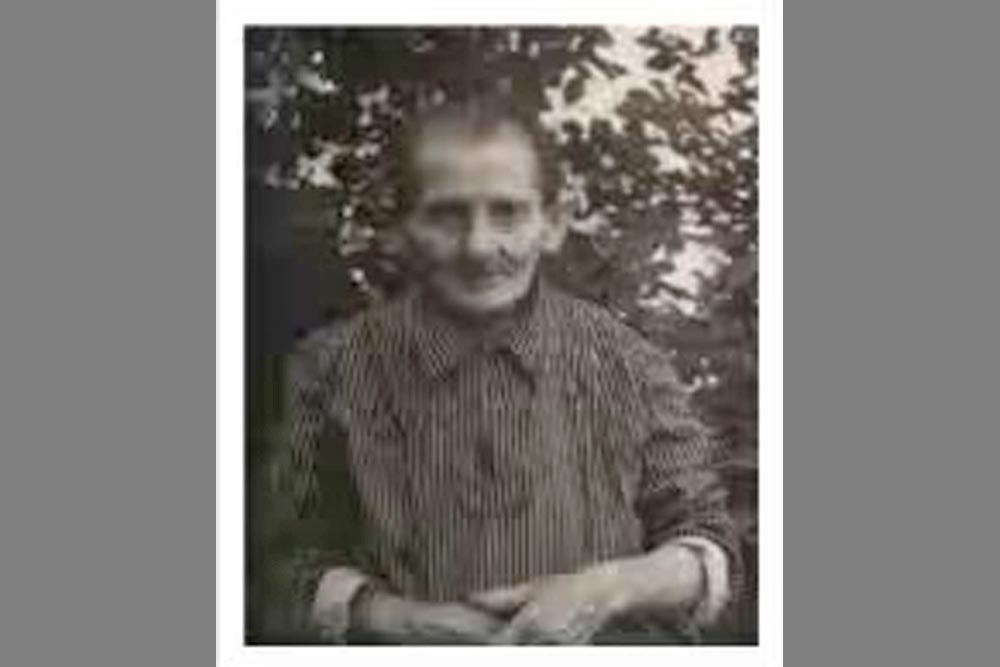Bank of Portraits / Varvaretskyi Oleksii
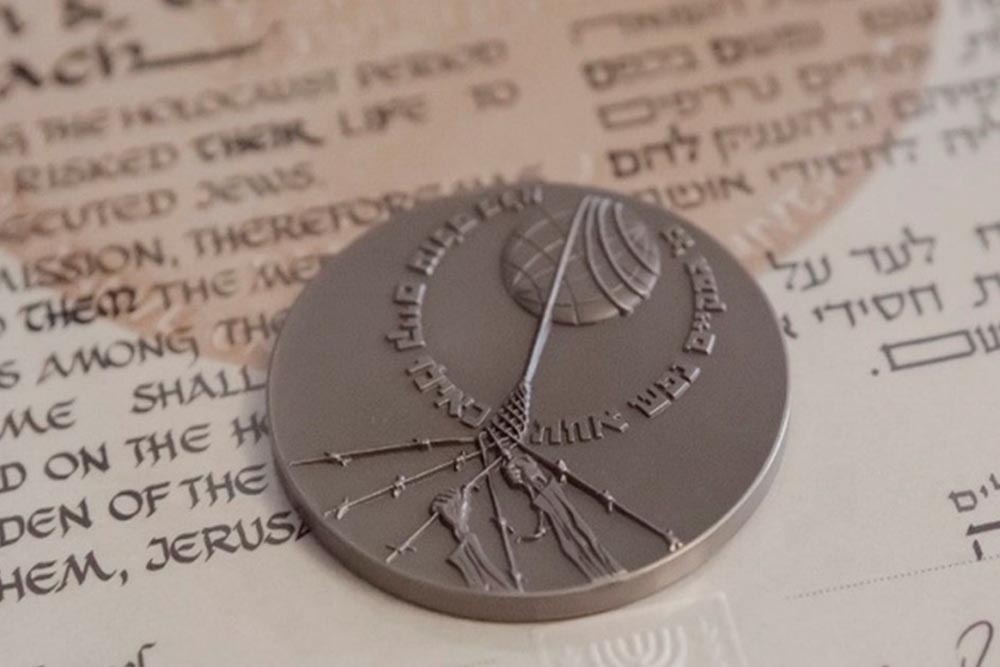
Varvaretskyi Oleksii
Oleksii Varvaretskyi lived in the village of Chubivka in Odesa region. He worked at a station in Kotovsk (current – Podilsk) of the same region. For many years, he was friends with the Pinchman Jewish family, who lived near his place of work. Mariia Pinchman's husband was also a railway worker. In 1937, he died, so his wife raised their 12-year-old daughter Sabina by herself. Mariia's mother-in-law Khasia Pinchman lived with them.
With the beginning of the German-Soviet war, the city suffered from air raids and shelling. To protect themselves, the women asked Oleksii to shelter them. Varvaretskyi bypass was on the outskirts, further from the station and the factories on which the bombs fell. A few days later, Oleksii took Khasia and Sabina to relatives in Balta, 25 km away, so that Khasia could be with her daughter and grandchildren. In the first week of August 1941, both Balta and Kotovsk were occupied by German troops. The Nazis began to establish a "new order" in Odesa. It was especially concerned with the Jews. In three days after the occupation, the Nazis shot more than 100 of them in the city of Kotovsk. The day before the executions took place in the city of Balta.
Sabina Pinchman terribly missed her mother, who was left at home, so at the first opportunity Oleksii took the girl to her. On the way back, he insisted that Sabina be baptized. He believed that this would save her from trouble. The day after the baptism, the schoolgirl, who considered herself an atheist, took off the cross and never wore it again. Shortly after her return, all the Jews of Kotovsk and its surroundings were ordered to move to the local ghetto. Oleksii convinced the woman and the girl to ignore this demand. As it turned out, it saved them from death. In mid-September 1941, some of the ghetto prisoners were shot near the stadium, and the rest were deported to Dubossary (current – Moldova), where they were later killed. Despite the danger that threatened the saviors of the Jews, Oleksii Varvaretskyi continued to hide Mariia and Sabina. Later, the neighbors who reported to the occupation authorities noticed their presence. The mother and daughter were arrested and sent to the ghetto in the city of Balta with other Jews from Kotov. Oleksii was lucky to escape.
Living conditions in the ghetto were terrible. Mother and daughter were placed in a small room where there were already several residents. They were obliged to wear a yellow Star of David on their clothes. Every morning Mariia had to come to the center of the ghetto and receive a referral to work. Prisoners were sent to build roads and an airfield near the city.
Oleksii Varvaretskyi did not leave his wards. Sometimes he managed to bribe the guards in the ghetto to visit them. The food he brought helped both of them to survive in hardship. In August 1943, the guard approved by Oleksii allowed him to take Mariia and Sabina away. Varvaretskyi returned the Jewish women to his house and hid them there until the return of the Soviet troops in March 1944.
In the last weeks before the deportation, the Nazis took out and shot all the prisoners of the Baltic ghetto. Some managed to escape, and they wandered around the neighborhood, looking for salvation. Oleksii Varvaretskyi sheltered several more fugitive Jews in his house.
After the end of the war, Oleksiii and Mariia decided to live together. The man adopted Sabina and raised her as his own daughter. However, happiness did not last long. In 1969, the savior passed away. Then Sabina Kheikina (Pinchman) emigrated to the United States of America with her mother. To thank Oleksii, who replaced her father, and to preserve his memory, she submitted this story to Yad Vashem. In 2011, Oleksii Varvaretskyi was recognized as the Righteous Among the Nations.
Svitlana Datsenko
Kyiv
National museum of the History of Ukraine in the Second World War
-
fingerprintArtefacts
-
theatersVideo
-
subjectLibrary
